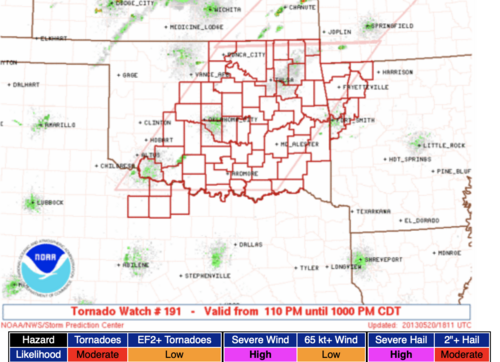James Gustina
Supporter
While this setup has a myriad of issues, I do think it deserves its own thread now that we're within 84 hours of the event. Current model consensus (with the GFS being an outlier) has a bowling ball cutoff low over the four corners region Saturday morning with a 95-100 knot jet max ejecting over the southern High Plains by 21Z. The 00Z Euro from yesterday evening progged a wavy/diffuse dryline moving east across the Llano Estacado in the early afternoon and gradually sharpening at the Caprock by 00Z, with high 50s dews ahead of it and some small pockets of 60F onto the Rolling Plains near the Oklahoma/Texas state line. The GFS has been much faster in pushing the dryline all the way past I35 by 00Z which doesn't fall in line with any other model output from this week.
Instability has been forecast to be meager but small areas of >750 j/kg MUCAPE show up in the 18-21Z timeframe before widespread precip and cloud cover overspreads the region ahead of the dryline. Saturated profiles seem to point to cloud cover issues early on in the day as well which may limit the overall severe threat.
0-6KM shear has been consistent in the 45-50 knot range with reasonably good winds out of the southeast at the surface at 10 knots. However, the 00Z Euro and the 12Z NAM have been pointing to a weakness/backing at 850 mb as the jet enters the Panhandle that may cause messy storm modes for any cell that is able to initiate and stay semi-discrete.
Overall, this looks like a heavy precip event first and foremost with the outside shot at a mid-afternoon cell staying semi-discrete long enough to produce some hail/damaging winds before it lines out. The tornado threat seems low given potential storm mode/CAPE issues but I wouldn't be surprised at a brief window for one in the early afternoon on the western edge of this setup.
Instability has been forecast to be meager but small areas of >750 j/kg MUCAPE show up in the 18-21Z timeframe before widespread precip and cloud cover overspreads the region ahead of the dryline. Saturated profiles seem to point to cloud cover issues early on in the day as well which may limit the overall severe threat.
0-6KM shear has been consistent in the 45-50 knot range with reasonably good winds out of the southeast at the surface at 10 knots. However, the 00Z Euro and the 12Z NAM have been pointing to a weakness/backing at 850 mb as the jet enters the Panhandle that may cause messy storm modes for any cell that is able to initiate and stay semi-discrete.
Overall, this looks like a heavy precip event first and foremost with the outside shot at a mid-afternoon cell staying semi-discrete long enough to produce some hail/damaging winds before it lines out. The tornado threat seems low given potential storm mode/CAPE issues but I wouldn't be surprised at a brief window for one in the early afternoon on the western edge of this setup.
Last edited:




